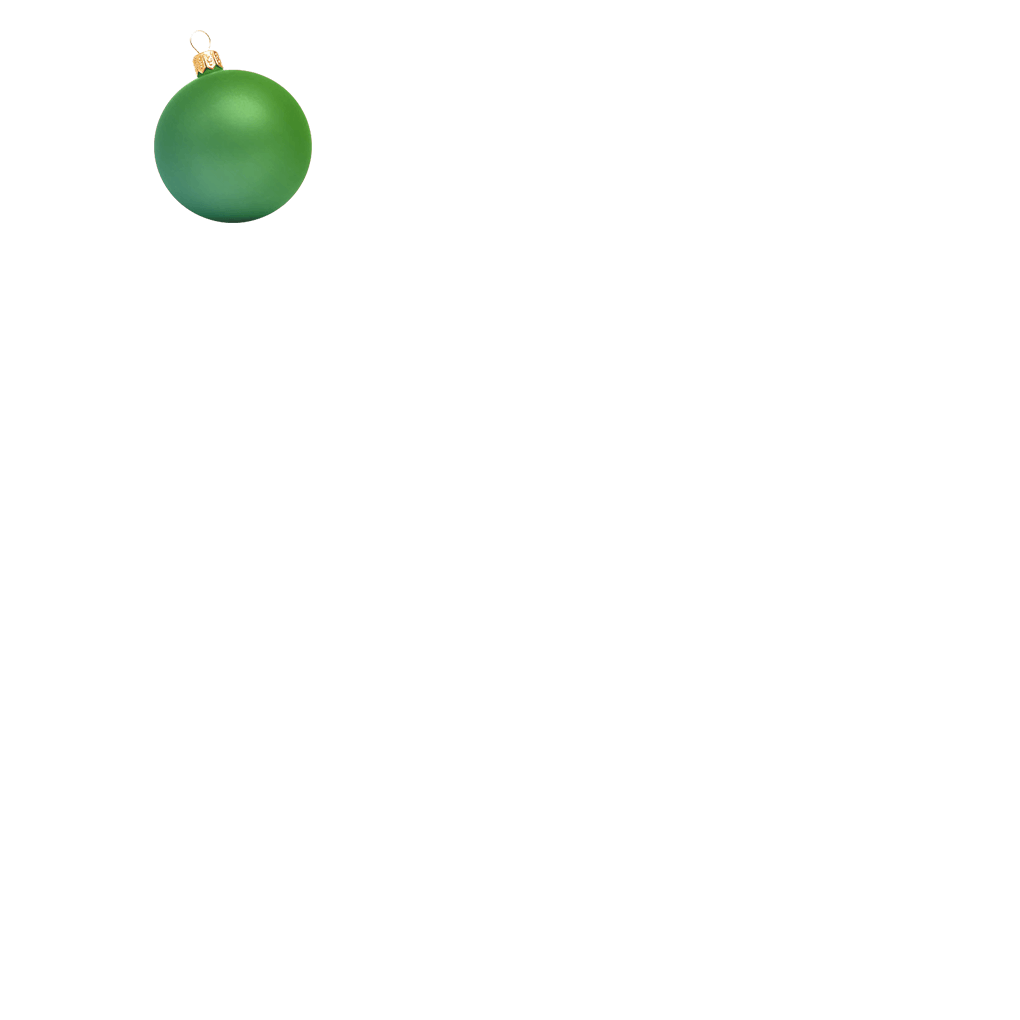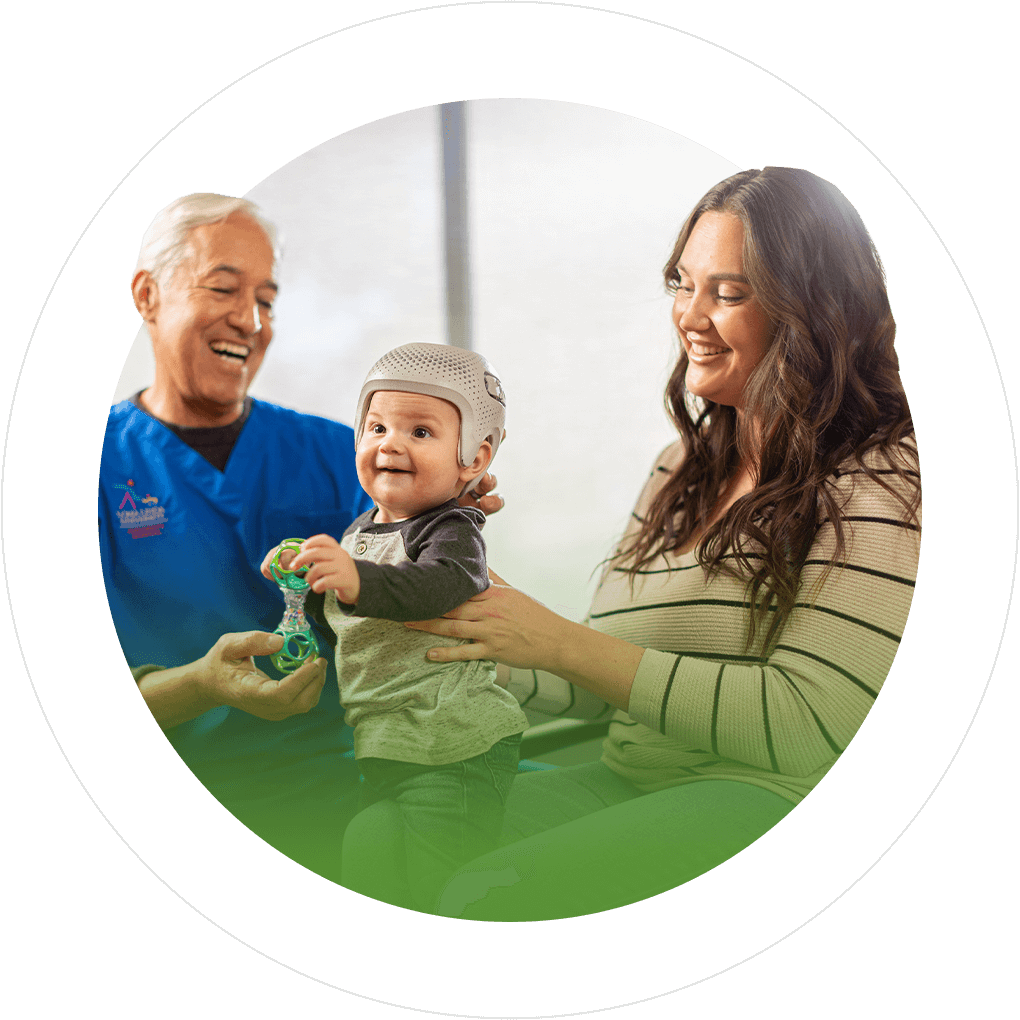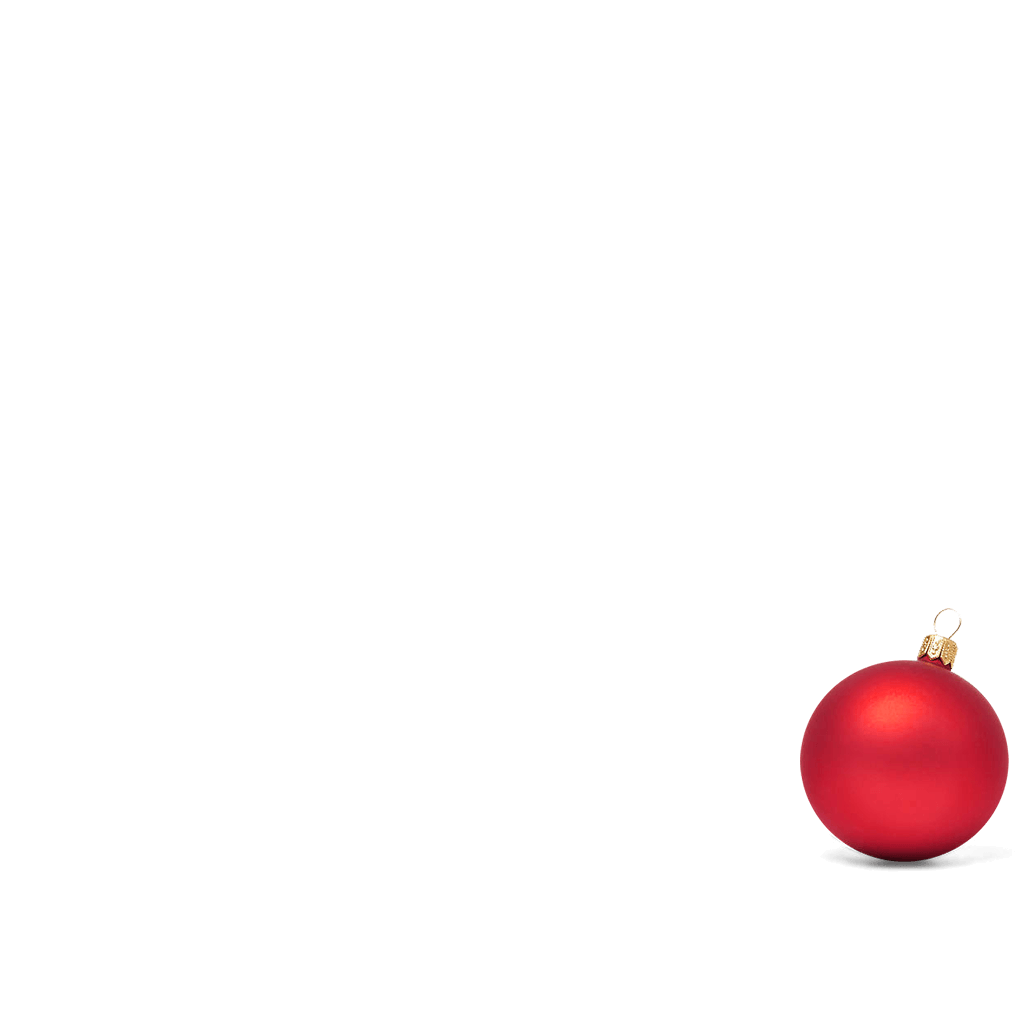Related Conditions & Treatments
Urinary Incontinence
What is urinary incontinence?
Urinary incontinence (UI) is the loss of urine control. You may not be able to hold your urine until you can reach a restroom. It may be a short-term problem caused by another health issue. Or it may be a long-term problem that you’ll have to manage. UI can range from a slight loss of urine to severe, frequent wetting.
Fear of wetting yourself can keep you from enjoying activities with your family and friends. Incontinence during sex can cause great stress.
UI is not a normal part of aging. But it's common in older people.
The following are some of the different types of UI:
Urge incontinence. This is when the need to urinate comes on very quickly. Often, you may not be able to get to a restroom in time. It’s common in people who have certain conditions, such as diabetes, stroke, dementia, Parkinson disease, and multiple sclerosis. It may be a sign that these other conditions that need attention. It’s more common in older adults and may be a sign of a urinary tract infection or an overactive bladder.
Stress incontinence. This is the most common type of incontinence. It’s more common in women. You may leak urine during exercise, coughing, sneezing, laughing, or lifting heavy objects. Or when doing other movements that put pressure on the bladder.
Functional incontinence. This is when you have urine control but can’t get to a restroom in time. This may be due to conditions that make it hard to move, such as arthritis.
Overflow incontinence. This is the leakage of small amounts of urine caused by an over-filled bladder. It may feel like you can’t fully empty your bladder.
Mixed incontinence. A mix of the types listed above.
What causes urinary incontinence?
Changes from certain diseases or medicines may cause UI. It may also happen at the start of an illness.
Women are most likely to have incontinence during or after pregnancy and childbirth. Hormone changes of menopause may also cause it. This is because of weakened and stretched pelvic muscles.
Some of the other common causes include:
Birth defects
Aging
Urinary tract infection (may be the first and only symptom)
For men, an enlarged prostate gland or treatment of a prostate problem
Stool buildup in the bowels
Being overweight (this increases pressure on the bladder and the muscles that control it)
Nerve damage from spinal cord injuries, diabetes, Parkinson disease, and multiple sclerosis
Overactive bladder (the bladder squeezes at the wrong times and without warning)
What are the symptoms of urinary incontinence?
These are the most common symptoms of UI:
Not being able to urinate
Pain linked to filling the bladder or urinating without bladder infection
Stream of urine gets weaker and weaker with or without a feeling that you have not emptied your bladder completely
Urinate more often without bladder infection
Needing to rush to the restroom or losing urine if you don't get to a restroom in time
Abnormal urination or changes related to stroke, spinal cord injury, or multiple sclerosis
Urine leakage that prevents activities
Leakage of urine that starts or continues after surgery
Leakage of urine that causes embarrassment
Frequent bladder infections
The symptoms of UI may look like other conditions or health problems. Always see your healthcare provider for a diagnosis.
How is urinary incontinence diagnosed?
The most important step in diagnosing UI is talking with a healthcare provider. Don’t let embarrassment keep you from getting help.
It’s important to see a healthcare provider for a physical exam that focuses on the urinary and nervous systems, reproductive organs, and includes testing urine samples. You may be referred to a urologist or urogynecologist, a healthcare provider who specializes in urinary tract diseases.
How is urinary incontinence treated?
Treatment will depend on your symptoms, age, and general health. It will also depend on how severe the condition is.
Treatment for UI depends on the cause and may include the following.
Behavioral therapies
These will to help you regain bladder control:
Bladder training. This teaches you to resist the urge to void and expand the times between voiding over time.
Scheduled toileting. This therapy uses routine or scheduled toileting, habit training schedules, and prompted voiding to empty the bladder every 2 to 4 hours to prevent leaking.
Pelvic muscle rehab
This will improve pelvic muscle tone and help prevent leakage. This treatment includes:
Kegel exercises. Regular, daily exercise of pelvic muscles may make the bladder muscles stronger and improve, and even prevent, urinary incontinence. This is most helpful for younger women. Should be performed 30 to 80 times daily for at least 8 weeks.
Biofeedback. Used along with Kegel exercises, biofeedback helps you gain awareness and control of your pelvic muscles.
Vaginal weight training. Small weights are held within the vagina by tightening the vaginal muscles. This may be done for 15 minutes, twice daily, for 4 to 6 weeks.
Pelvic floor electrical stimulation. Mild electrical pulses stimulate muscle contractions. This may be done along with Kegel exercises.
Other treatments
Medicines. This includes specific medicines for incontinence as well as estrogen therapy. Estrogen therapy may be helpful along with other treatments for women with urinary incontinence who are past menopause.
Surgery. This is a choice if the incontinence is related to problems such as an abnormally positioned bladder or a blockage. It may be used if other treatments don’t work, or if the incontinence is severe.
Diet changes. This includes avoiding caffeine and alcohol and preventing chronic constipation. This may also include reducing fluid intake.
Adult diapers. Newer undergarments are no more bulky than normal underwear. You can wear them under everyday clothing. There are a variety of other protective products as well.
You can also manage incontinence with other devices and products. This includes catheters, pelvic organ slings, urethral plugs, urine collection systems, and penile compression devices. Talk with your healthcare provider about which treatment might work best for you.
Talk with your healthcare provider about the management and treatment of UI.
Key points about urinary incontinence
Urinary incontinence (UI) is the loss of urine control. You may not be able to hold your urine until you can get to a restroom. It’s a symptom, not a disease.
There are many different causes. It can be a short-term problem. Or it can be a long-term issue that must be managed.
Symptoms can range from dribbling urine to not having any control over it. Or to not being able to pass urine at all. UI is also linked to frequent bladder infections.
For people with urinary incontinence, the most important step is talking with a healthcare provider about the problem.
Treatment depends on the severity of symptoms and the type of incontinence. It can include things such as bladder training, special exercises, medicines, and even surgery in severe cases.
Next steps
Tips to help you get the most from a visit to your healthcare provider:
Know the reason for your visit and what you want to happen.
Before your visit, write down questions you want answered.
Bring someone with you to help you ask questions and remember what your provider tells you.
At the visit, write down the name of a new diagnosis, and any new medicines, treatments, or tests. Also write down any new directions your provider gives you.
Know why a new medicine or treatment is prescribed, and how it will help you. Also know what the side effects are and when they should be reported.
Ask if your condition can be treated in other ways.
Know why a test or procedure is recommended and what the results could mean.
Know what to expect if you do not take the medicine or have the test or procedure.
If you have a follow-up appointment, write down the date, time, and purpose for that visit.
Know how you can contact your healthcare provider if you have questions, especially after office hours and on weekends.







